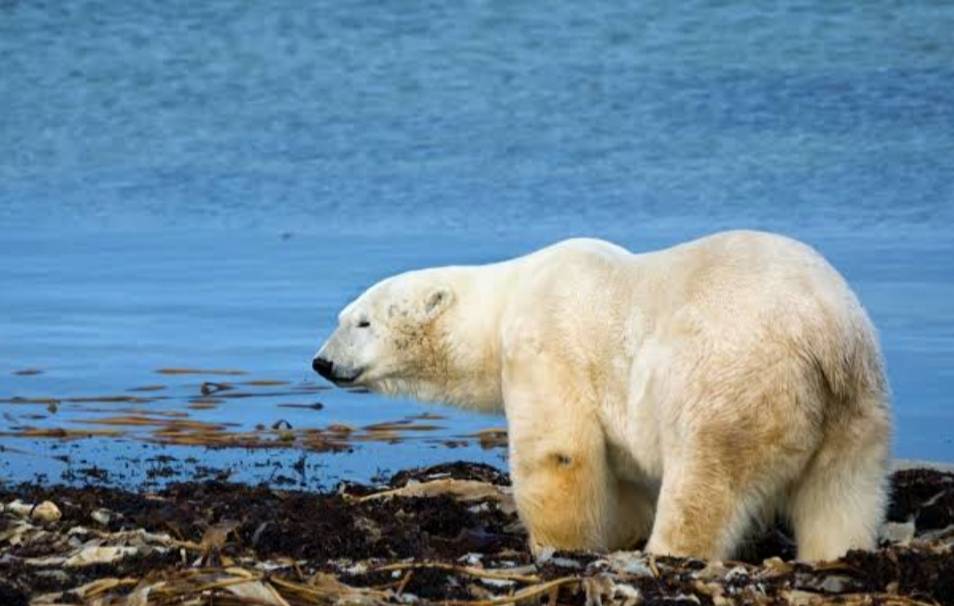The Urgent Issue of Climate Change: Causes, Effects, and Solutions
Climate change is one of the most pressing and complex issues of the 21st century. It refers to significant and long-term changes in temperature, weather patterns, and other atmospheric conditions on Earth. While climate change is a natural process that has occurred over geological time scales, human activities have accelerated these changes, leading to serious global consequences. Understanding the causes, effects, and potential solutions to climate change is crucial for creating a sustainable future.
Causes of Climate Change
Greenhouse Gas Emissions
The primary driver of modern climate change is the increase in greenhouse gases (GHGs) in the atmosphere. GHGs, such as carbon dioxide (CO2), methane (CH4), and nitrous oxide (N2O), trap heat from the sun and warm the Earth’s surface. Human activities, especially the burning of fossil fuels (coal, oil, and natural gas) for energy, deforestation, and agricultural practices, have significantly increased the concentration of these gases in the atmosphere.
Burning of Fossil Fuels: The combustion of fossil fuels for electricity, transportation, and industrial activities releases large amounts of CO2 into the atmosphere.
Deforestation: Forests act as carbon sinks, absorbing CO2 from the atmosphere. When forests are cleared for agriculture, urban development, or logging, the stored carbon is released back into the air.
Agriculture: Agricultural activities, particularly livestock farming, contribute to methane emissions. Methane is a potent GHG released by animals during digestion (enteric fermentation) and from manure.
Industrial Processes and Waste
Industrial activities, such as cement production and chemical manufacturing, release significant amounts of CO2 and other GHGs. Waste decomposition in landfills also generates methane. Additionally, some chemicals used in refrigeration and air conditioning, like hydrofluorocarbons (HFCs), are potent GHGs.
Land Use Changes
Land use changes, such as urbanization, agricultural expansion, and land degradation, affect the Earth’s ability to absorb and store carbon. Wetlands, forests, and grasslands are important ecosystems that sequester carbon, and their destruction exacerbates climate change.
Effects of Climate Change
Rising Global Temperatures
Global temperatures have risen significantly over the past century, with the last few decades witnessing some of the hottest years on record. Higher temperatures lead to more frequent and severe heatwaves, which can harm human health, agriculture, and natural ecosystems.
Melting Ice and Rising Sea Levels
As global temperatures rise, polar ice caps and glaciers are melting at an accelerated rate. This contributes to rising sea levels, threatening coastal cities and islands. Flooding from rising seas and the melting of ice sheets could displace millions of people living in low-lying areas.
Extreme Weather Events
Climate change has intensified extreme weather events, including hurricanes, storms, droughts, and wildfires. Warmer ocean temperatures contribute to stronger and more destructive hurricanes, while prolonged periods of heat and drought affect water supplies and agriculture.
Loss of Biodiversity
Many species are struggling to adapt to the changing climate. Altered temperature and rainfall patterns, as well as habitat loss, are causing shifts in ecosystems. Some species may face extinction if they cannot adapt or migrate to more suitable environments. The loss of biodiversity threatens the stability of ecosystems, which are vital for clean air, water, and food production.
Ocean Acidification
Increased CO2 concentrations are not only warming the planet but also being absorbed by the oceans, causing the water to become more acidic. Ocean acidification harms marine life, especially species that rely on calcium carbonate to build their shells, such as corals and shellfish. This disrupts marine ecosystems and the food chains that depend on them.
Impact on Agriculture and Food Security
Changes in temperature and precipitation patterns affect crop yields. Some regions may experience more frequent droughts, while others may face heavy rainfall or flooding. These disruptions threaten global food production and food security, especially in regions that rely heavily on agriculture for livelihoods.
Solutions to Climate Change
Transition to Renewable Energy
One of the most effective ways to mitigate climate change is by transitioning from fossil fuels to renewable energy sources such as wind, solar, and hydroelectric power. These sources produce little to no GHG emissions and are sustainable over the long term.
Energy Efficiency and Conservation
Improving energy efficiency in buildings, transportation, and industries can significantly reduce GHG emissions. Simple actions like using energy-efficient appliances, reducing energy consumption, and adopting green building practices can have a positive impact.
Carbon Sequestration
Protecting and restoring natural ecosystems, such as forests, wetlands, and grasslands, can help sequester carbon from the atmosphere. Additionally, technologies like carbon capture and storage (CCS) can capture CO2 emissions from power plants and other industrial sources, preventing them from entering the atmosphere.
Sustainable Agriculture
Sustainable farming practices, such as crop rotation, organic farming, and reduced use of chemical fertilizers and pesticides, can reduce GHG emissions and improve soil health. Additionally, practices like reforestation and agroforestry can help absorb carbon.
International Cooperation and Policy
Climate change is a global problem that requires global solutions. International agreements like the Paris Agreement aim to limit global warming to well below 2°C above pre-industrial levels, with efforts to keep it to 1.5°C. Governments must implement policies that reduce emissions, protect natural resources, and promote sustainable development.
Public Awareness and Education
Raising awareness about climate change and its impacts can drive individuals and communities to take action. Education on sustainable practices, reducing waste, and adopting low-carbon lifestyles can contribute to mitigating the effects of climate change.
Conclusion
Climate change is an urgent challenge that demands immediate action. The effects of global warming are already visible in the form of rising temperatures, extreme weather events, and environmental degradation. While the situation is dire, there are many solutions at our disposal—ranging from renewable energy adoption to sustainable agriculture practices and international cooperation. By working together and acting decisively, we can reduce greenhouse gas emissions, mitigate the impacts of climate change, and protect the planet for future generations.
It is crucial for individuals, governments, businesses, and organizations to take responsibility for their role in addressing climate change.


